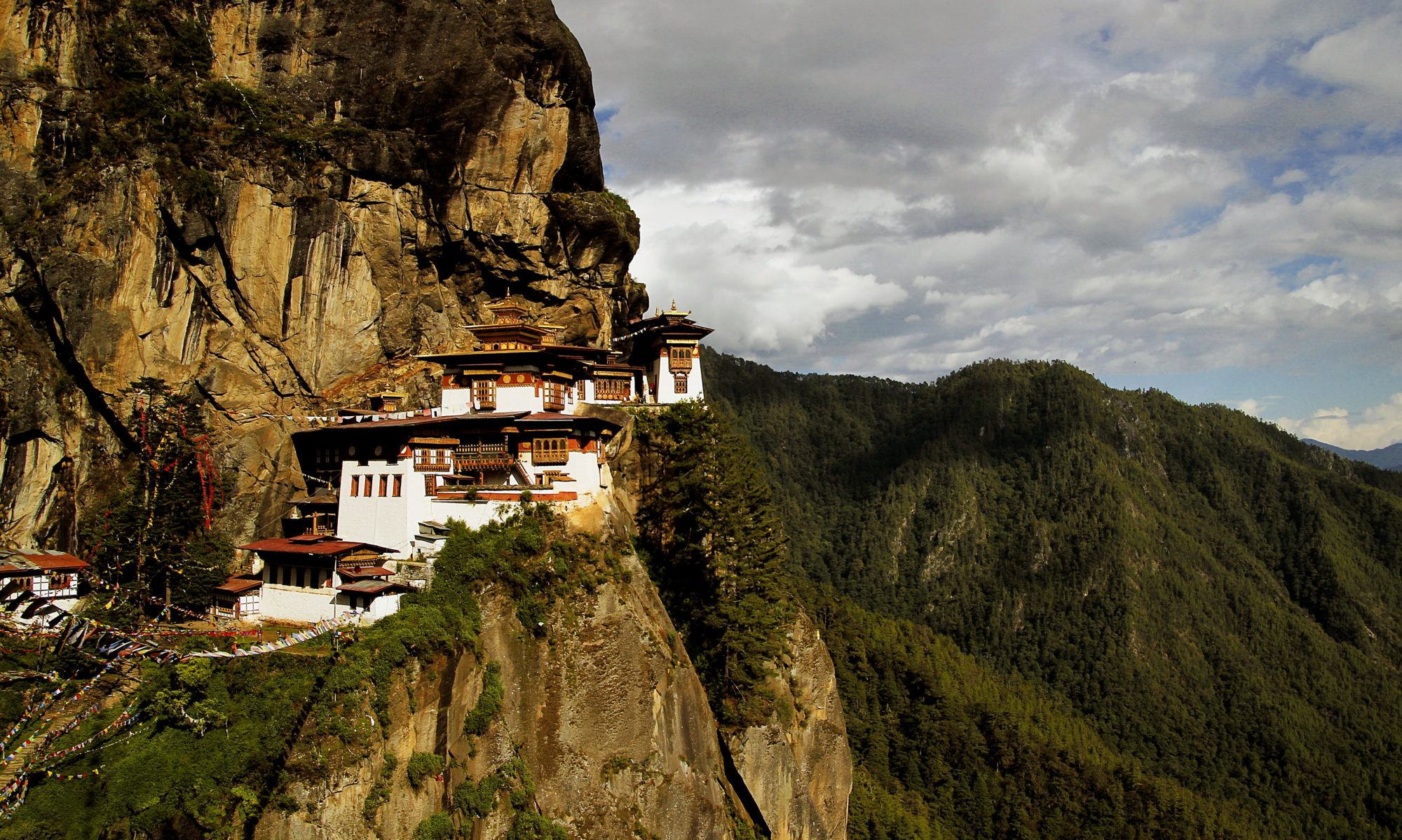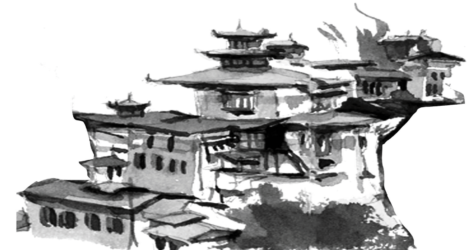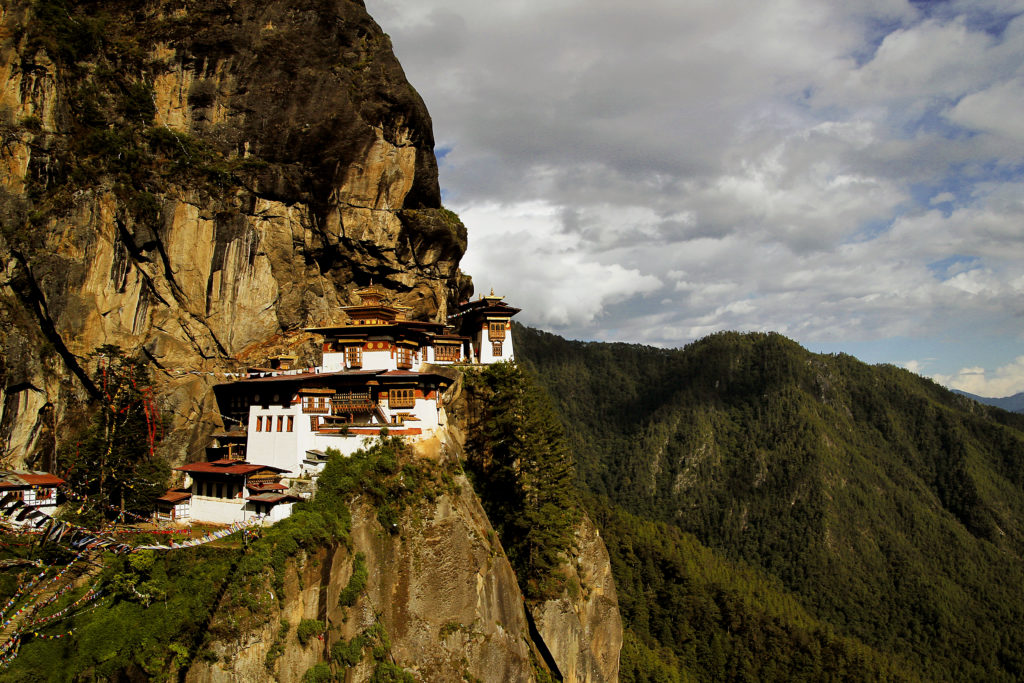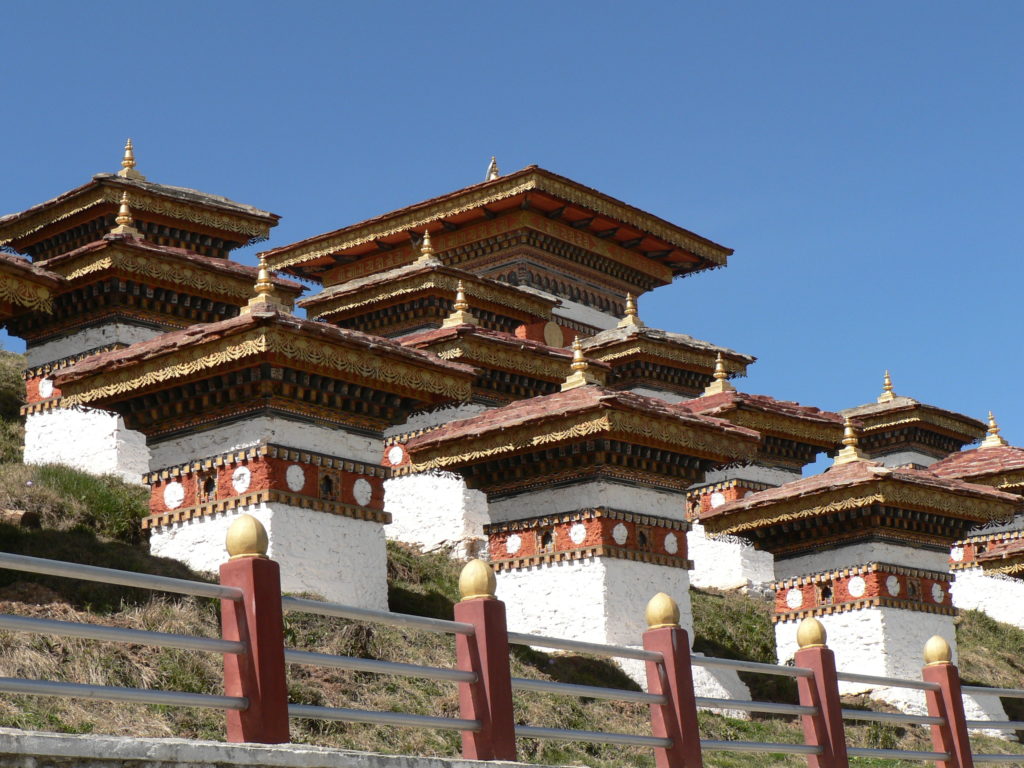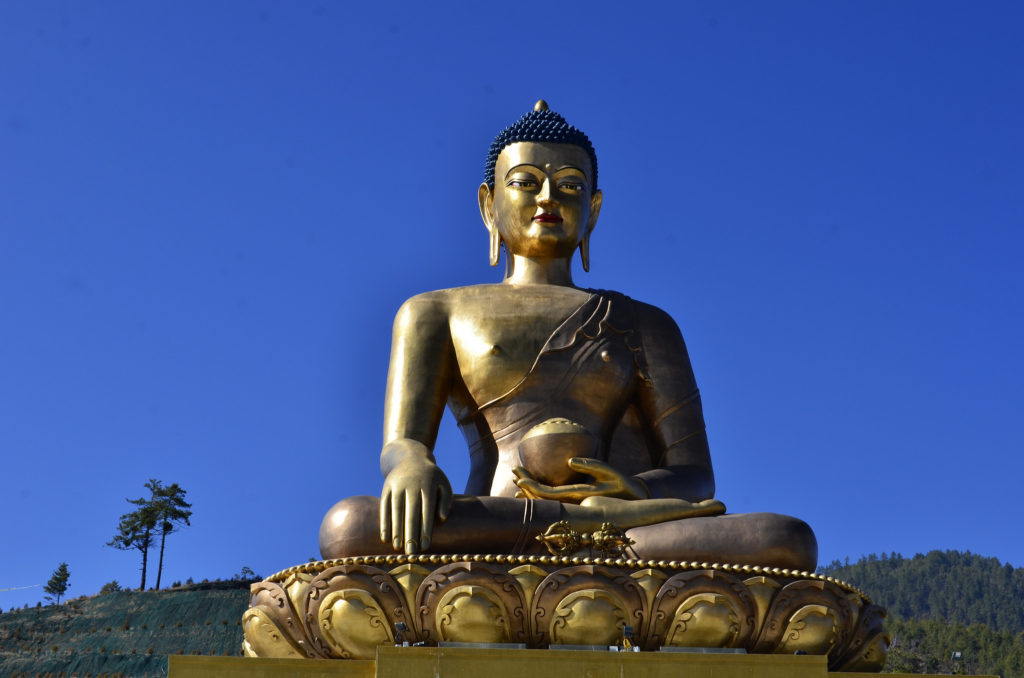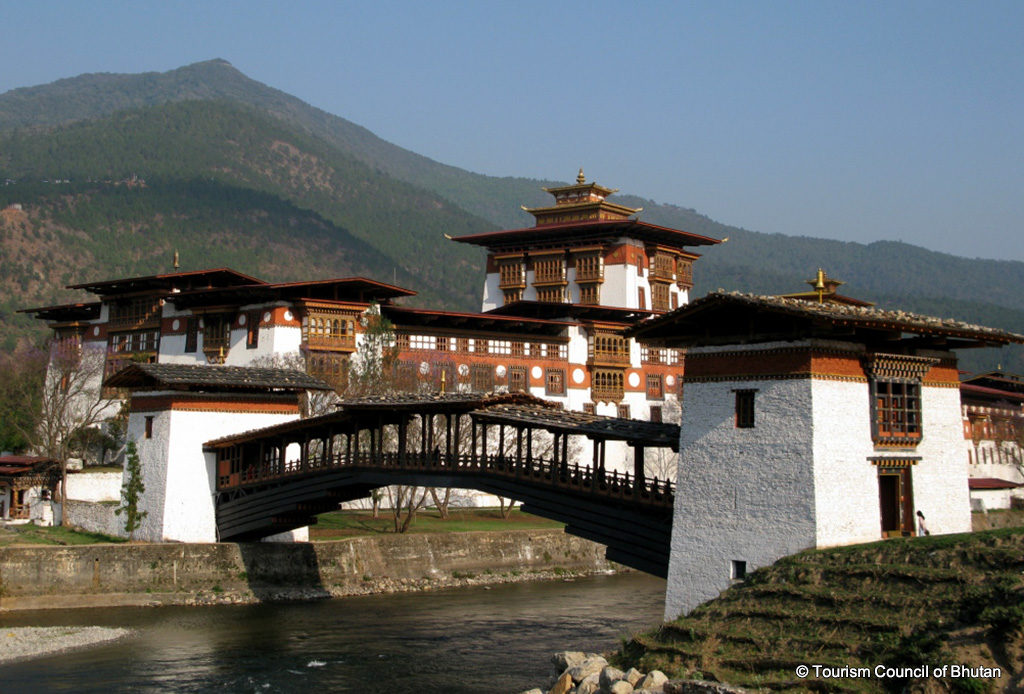
Phobjikha is a small town in the central part of Bhutan(The Land of Thunderbolt). Like many other beautiful places to see in Bhutan, Phobjikha is bestowed with valleys and is surrounded by mountains and lush greenery making it one of the top Bhutan attractions. The place is known for its beautiful landscapes and passes and a day’s hike will take you through the town and the woods.
Phobjikha valley is about 3000-meter elevation and the place is in the shape of a bowl, and it’s on the western slopes of the mountains. The place is at the border of the Jigme Singye Wangchuck National Park. If you are visiting Bhutan then this is the most famous place and you must visit this place.
Get to experience the big flock of black-necked cranes at the winter time and as it is at the side of the crucial wildlife sanctuary in the country, you might also see some barking deer nearby as well or hear their voice. To heighten your excitement you must know that there are leopards, wild boars, red foxes, Himalayan black bears and so many other species in the forest.
Key attractions: Black-necked cranes migrate to Phobjikha from November, and the hike through the valleys to witness spectacular views of the birds and the amazing greenery.
